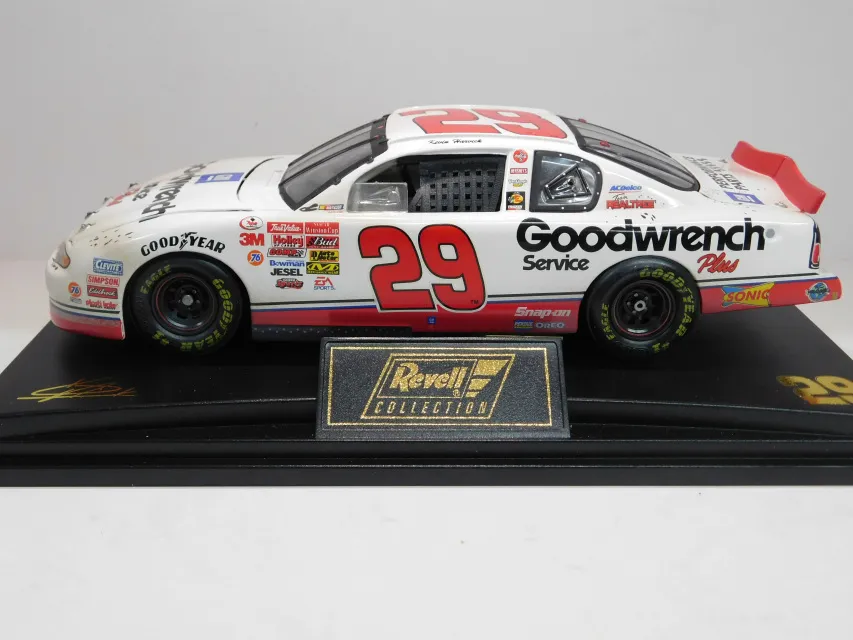The Kevin Harvick Elvis Diecast: A Collector’s Dream
The world of NASCAR collectibles offers a thrilling blend of speed, history, and artistic detail, and few items capture this spirit as vividly as the Kevin Harvick Elvis diecast. These miniature race cars are more than just toys; they are meticulously crafted replicas that pay homage to one of NASCAR’s most celebrated drivers, Kevin Harvick, and the timeless King of Rock and Roll, Elvis Presley. For collectors, these diecasts represent a tangible piece of racing history, a symbol of passion, and a potentially valuable investment. The fusion of two iconic figures like Harvick and Elvis makes these diecasts highly sought-after, offering a unique intersection of sports and entertainment that appeals to a wide audience.
Fact 1 Elvis Presley’s Impact on NASCAR
Elvis Presley’s influence extended far beyond music and movies; it even touched the world of NASCAR. While not directly involved in racing as a driver or team owner, Elvis’s image and persona have been associated with the sport in various ways. This includes themed merchandise, and the general cultural admiration for the King of Rock and Roll which has seeped into the NASCAR community. Elvis’s charisma and popularity have indirectly boosted NASCAR’s visibility and appeal, attracting diverse fan bases. This cultural crossover is a testament to Elvis’s enduring legacy and its impact on various aspects of American popular culture.
Elvis Presley and Racing
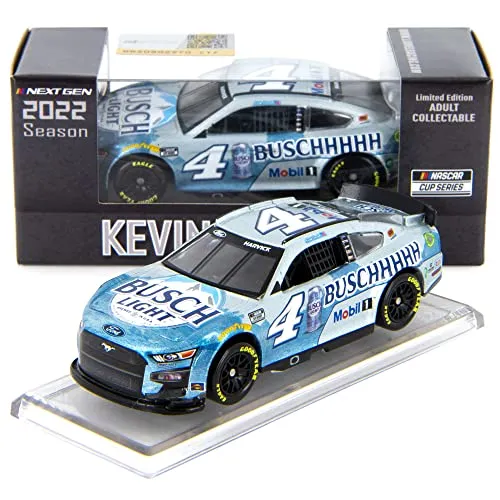
The connection between Elvis and the racing world, though not always direct, is present through the shared cultural landscape of the time. Both Elvis and the sport of racing were symbols of American dynamism and energy. The rebellious spirit of rock and roll, embodied by Elvis, found parallels in the daring nature of racing. This implicit connection fueled themed merchandise and promotional events that helped introduce Elvis’s fanbase to the world of NASCAR, and vice-versa, widening both audiences.
Elvis’s connection with the racing world
Elvis’s ties to the racing world, while not as obvious as his music career, are present through the shared cultural context of the time. Both Elvis and the sport of racing were symbols of American drive and vitality. The rebellious spirit of rock and roll, personified by Elvis, found echoes in the daring nature of racing. This implicit connection fueled themed merchandise and promotional events that helped introduce Elvis’s fanbase to the world of NASCAR, and vice-versa, widening both audiences. The association has continued through the years, adding a layer of nostalgia and cultural significance to racing memorabilia.
The Evolution of NASCAR Diecast Cars
The evolution of NASCAR diecast cars mirrors the advancement of automotive technology and design. Early models were simpler, featuring basic details and construction. Over time, as manufacturing techniques improved, diecast cars became more intricate and accurate representations of actual race cars. Modern diecast cars boast highly detailed interiors, realistic paint schemes, and accurate sponsor logos. The evolution of diecast cars reflects a growing collector’s market that demands authenticity and precision. Today’s models are not just toys; they are miniature works of art that capture the essence of NASCAR racing, making them highly collectible and valuable.
Materials and Manufacturing
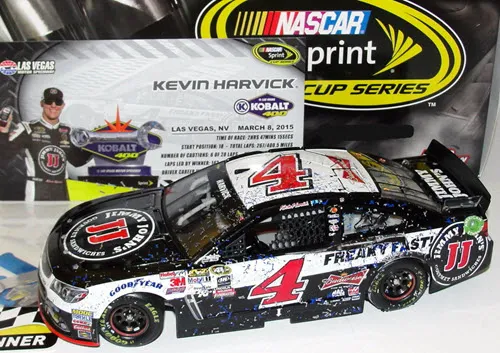
Diecast cars are primarily made using a process called die-casting, where molten metal, usually zinc alloy, is injected into molds. This process allows for the creation of complex shapes and detailed features. The materials used, such as the quality of the metal and the type of paint, play a significant role in the durability and aesthetics of the diecast. Modern manufacturing techniques have advanced, with many manufacturers now utilizing computer-aided design (CAD) to create highly accurate molds. This results in diecast cars that are visually stunning and, in some cases, can be considered miniature replicas of the actual race cars.
Scale and Detailing
The scale and detailing of a diecast car are crucial factors in its collectibility and value. Common scales include 1 64, 1 24, and 1 18, with larger scales allowing for greater detail. The level of detailing encompasses the accuracy of the paint scheme, the inclusion of sponsor logos, the design of the interior, and the realistic portrayal of the car’s features. Collectors often seek models that accurately reflect the specifics of the actual race cars, including the correct decals, tire specifications, and even the driver’s seat. A high level of detail enhances the realism and the collectibility of the diecast.
The Popularity of Harvick’s Diecast
Kevin Harvick’s diecast cars are highly popular among NASCAR fans and collectors. His long and successful career, coupled with his fan-friendly personality, has made him a beloved figure in the sport. The combination of Harvick’s popularity and the appealing visual elements of Elvis-themed designs has created a strong demand for these particular diecasts. The limited production runs and the unique nature of these collectibles add to their appeal, making them a must-have for any dedicated NASCAR or Elvis enthusiast. This intersection of celebrity, sport, and collectible is a powerful draw for collectors.
Rarity and Value
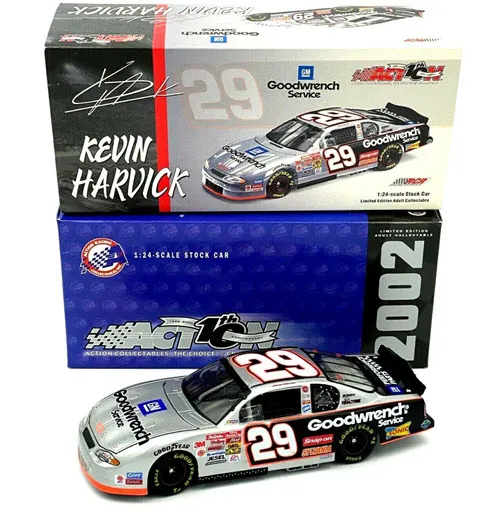
The rarity of a diecast car significantly impacts its value. Limited edition runs, special paint schemes, and cars associated with significant race wins or milestones tend to be more valuable. The condition of the diecast, including the box, is also a critical factor. Collectors look for models that are in pristine condition, as this preserves their value over time. The market value of these diecasts can fluctuate based on demand, rarity, and the current popularity of the driver. Certain models have become quite valuable, making them not just collector’s items, but also potential investments.
Finding Authentic Diecast
Finding authentic diecast cars requires careful research and scrutiny. Collectors should examine the details of the car, including the paint scheme, logos, and overall build quality. Comparing the model to images of authentic cars can help identify potential fakes. Purchasing from reputable dealers, attending established collector events, and verifying the diecast’s history can also help ensure authenticity. Collectors should also be aware of common signs of fakes, such as misaligned decals, low-quality paint, and incorrect packaging. Educating oneself is essential to avoid purchasing counterfeit or altered diecasts.
Maintaining and Displaying Your Collection
Proper maintenance and display are essential to preserving the value and enjoyment of your diecast collection. Keeping the diecast cars clean and protected from dust, sunlight, and moisture is vital. Displaying your collection in a well-lit, climate-controlled environment can help prevent damage. Regular dusting and gentle cleaning with appropriate materials can keep the cars looking their best. Thoughtful organization and display enhance the visual appeal of the collection and make it easier to appreciate your prized possessions.
Cleaning and Protection
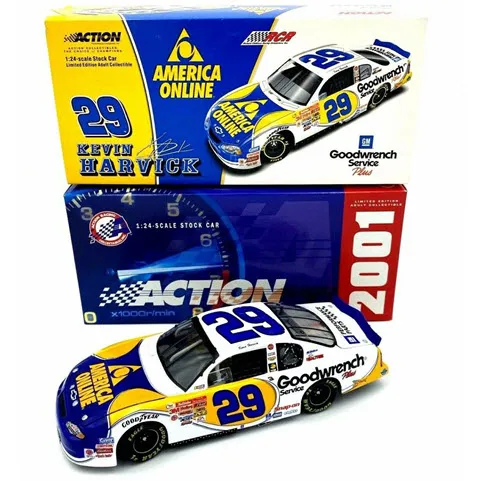
Cleaning and protecting your diecast cars involves gentle methods and the right materials. Use a soft, dry cloth to dust the cars regularly. Avoid using harsh chemicals or abrasive materials, as they can damage the paint and decals. Storing the diecasts in a display case or protective box can shield them from dust and UV rays. Consider using archival-quality boxes or cases to protect the diecasts over time. The goal is to preserve their condition, ensuring they remain in pristine condition for years to come.
Displaying Your Diecast
Displaying your diecast collection can be a rewarding experience. Choose display cases or shelves that suit your collection and style. Organize the cars by driver, team, or paint scheme to create a visually appealing arrangement. Consider using lighting to highlight the details of the cars. Proper display not only protects your collection but also allows you to showcase your passion for NASCAR and Elvis. The right display enhances the aesthetics of the diecast cars, turning them into focal points in any room. A well-curated display will bring joy to you and any visitors.
